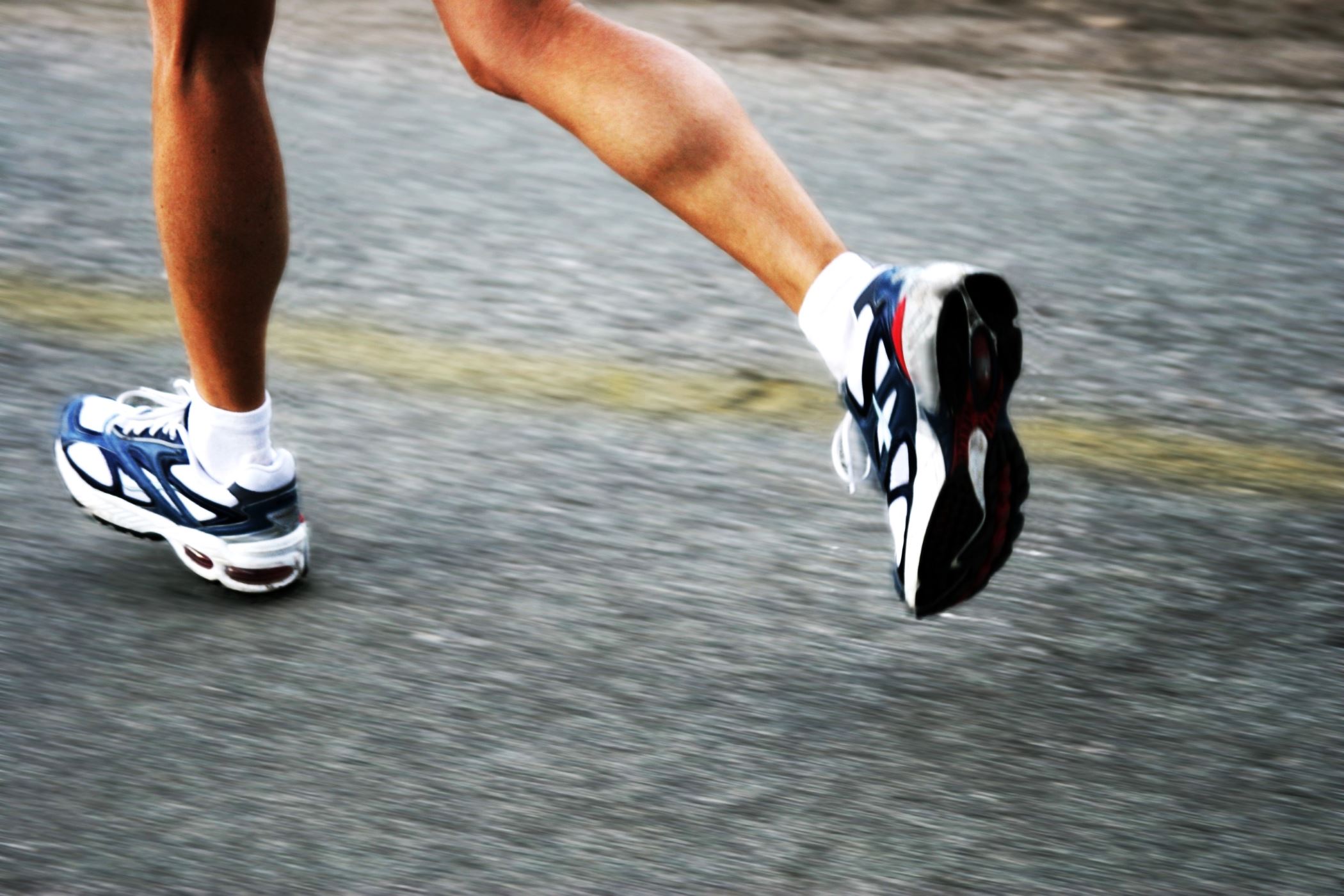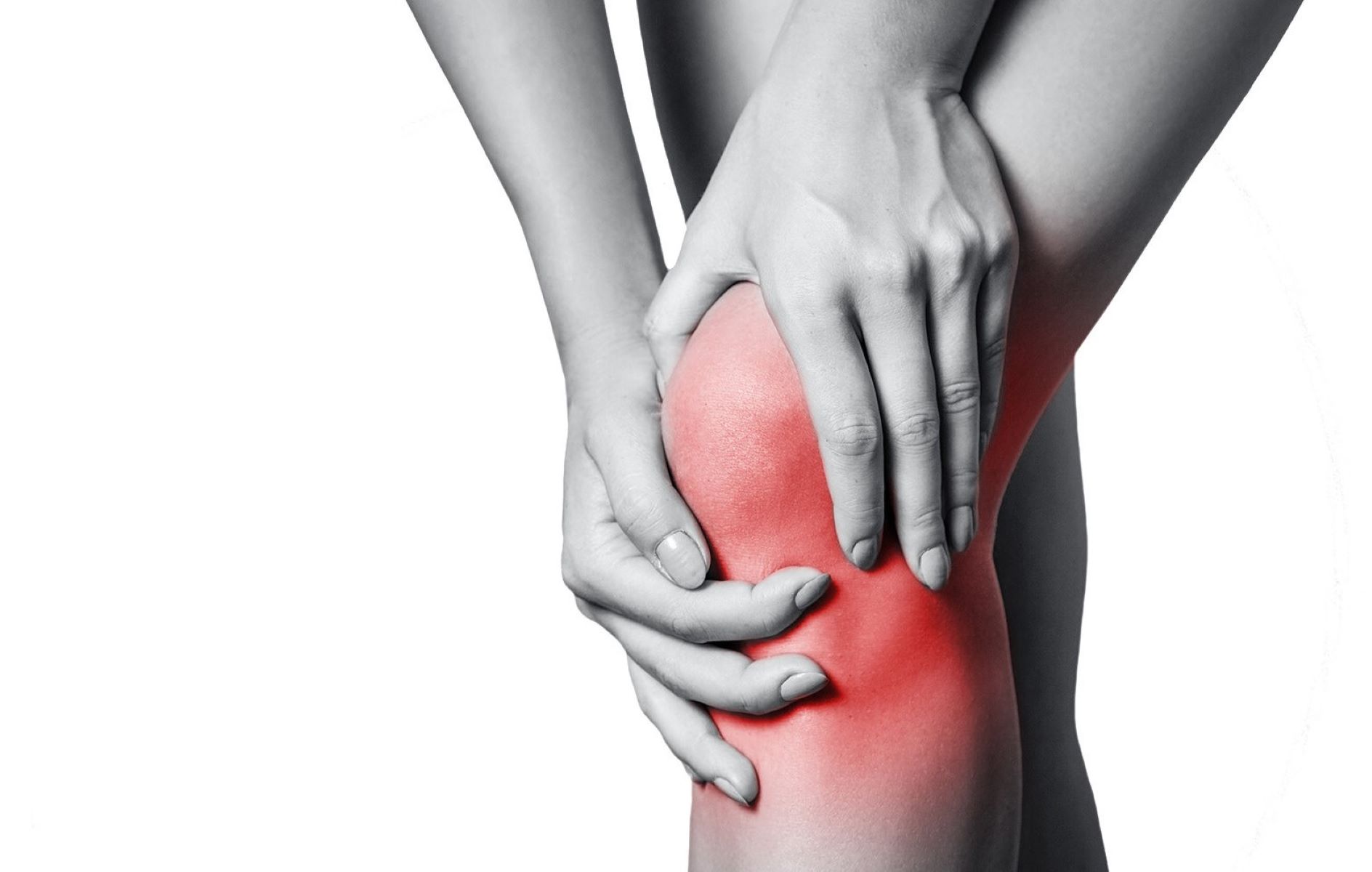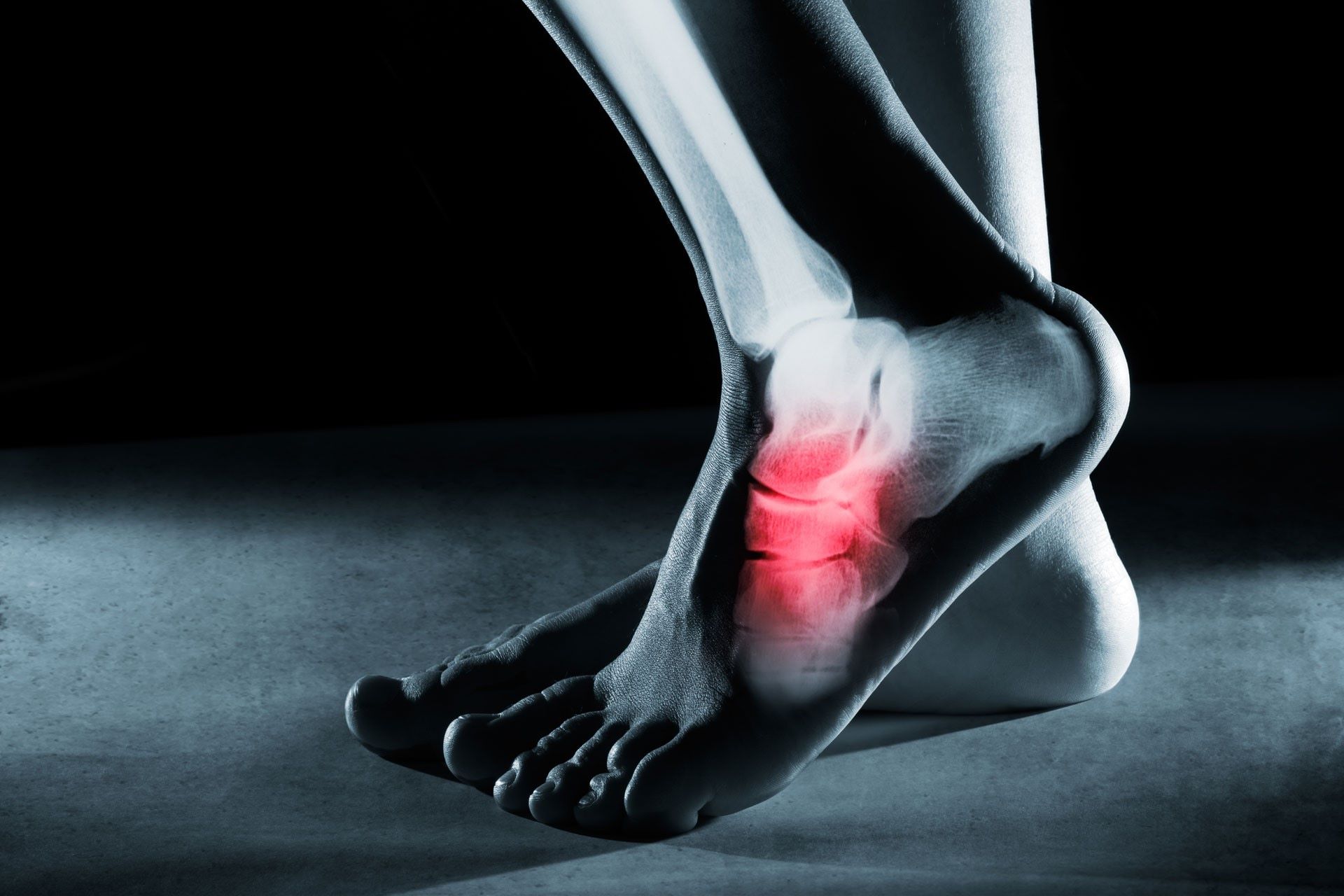Home>Health & Nutrition>Injury Prevention>Running Injury First Aid – The RICE Method


Injury Prevention
Running Injury First Aid – The RICE Method
Published: February 24, 2024
Learn how to prevent running injuries with the RICE method. Discover essential first aid tips for injury prevention and recovery.
(Many of the links in this article redirect to a specific reviewed product. Your purchase of these products through affiliate links helps to generate commission for Therunningadvisor.com, at no extra cost. Learn more)
Table of Contents
Understanding Running Injuries
Running is an excellent form of exercise that offers numerous health benefits, but it also comes with the risk of injuries. Understanding the common types of running injuries is crucial for both prevention and effective treatment.
One of the most prevalent running injuries is shin splints, which cause pain along the inner edge of the shinbone. This discomfort often arises from overuse, improper footwear, or running on hard surfaces. Another common injury is runner's knee, characterized by pain around or behind the kneecap. This condition can result from overtraining, muscle imbalances, or poor running form.
Additionally, Achilles tendinitis, an inflammation of the Achilles tendon, is a frequent concern for runners. It typically manifests as pain in the back of the heel and can be attributed to sudden increases in training intensity or inadequate stretching. Stress fractures, small cracks in the bone, are also prevalent among runners, often affecting the shins, feet, or hips due to repetitive impact.
Understanding these injuries involves recognizing their symptoms and potential causes. By being aware of the warning signs, such as persistent pain, swelling, or reduced range of motion, runners can take proactive measures to address these issues before they escalate.
Moreover, comprehending the impact of running surfaces, footwear, and training intensity on injury risk is essential. Runners should be mindful of the terrain they traverse, opt for appropriate footwear, and gradually increase their training load to minimize the likelihood of sustaining injuries.
In essence, understanding running injuries encompasses recognizing their symptoms, identifying potential causes, and acknowledging the influence of external factors. By gaining insight into these aspects, runners can adopt preventive measures and respond promptly to any signs of injury, thereby safeguarding their well-being and sustaining their passion for running.
The Importance of First Aid for Running Injuries
When it comes to running, injuries can occur unexpectedly, disrupting the joy and benefits of this popular form of exercise. In such instances, the application of first aid plays a pivotal role in mitigating the severity of injuries and expediting the recovery process. Understanding the significance of first aid for running injuries is essential for all individuals engaged in this physical activity.
First and foremost, prompt first aid can prevent minor injuries from escalating into more serious conditions. By addressing the initial symptoms of an injury, such as pain, swelling, or discomfort, runners can prevent the exacerbation of the issue. This proactive approach not only minimizes the impact on one's running routine but also supports the body's natural healing processes.
Moreover, administering first aid for running injuries can alleviate immediate pain and discomfort, providing much-needed relief to the affected individual. Whether it involves applying ice to reduce swelling, providing support through compression bandages, or elevating the injured area, these measures can offer immediate comfort and reassurance. This not only aids in managing the injury but also contributes to the individual's overall well-being during a potentially distressing situation.
Additionally, the timely application of first aid can contribute to the prevention of secondary complications. For instance, in the case of a sprained ankle, immobilizing the joint and applying ice can minimize the risk of further damage and reduce the likelihood of prolonged recovery. By addressing the injury promptly and effectively, runners can mitigate the potential for complications and expedite their return to running activities.
Furthermore, the psychological impact of first aid should not be overlooked. Providing immediate care and support for a running injury can instill a sense of reassurance and empowerment in the affected individual. This can positively influence their mindset and approach to recovery, fostering a proactive and optimistic outlook as they navigate the healing process.
In essence, the importance of first aid for running injuries extends beyond the immediate physical benefits. It encompasses the prevention of escalation, alleviation of discomfort, mitigation of secondary complications, and the provision of psychological reassurance. By recognizing the significance of first aid in the context of running injuries, individuals can cultivate a proactive and holistic approach to their well-being, ensuring that their running pursuits remain enjoyable, safe, and fulfilling.
The RICE Method: Rest, Ice, Compression, Elevation
The RICE method is a fundamental approach to managing running injuries and promoting effective recovery. Comprising Rest, Ice, Compression, and Elevation, this method serves as a cornerstone in the initial management of various running-related ailments. Understanding each component of the RICE method and its application is essential for runners seeking to address injuries promptly and facilitate optimal healing.
Rest
Rest stands as the foundational element of the RICE method, emphasizing the importance of allowing the injured area to recuperate. When a running injury occurs, immediate rest is crucial to prevent further damage and facilitate the body's natural healing processes. By refraining from activities that exacerbate the injury, such as running or strenuous exercise, individuals can minimize stress on the affected area and promote the initial stages of recovery.
Ice
The application of ice serves as a pivotal component of the RICE method, contributing to the reduction of pain, swelling, and inflammation associated with running injuries. Applying ice to the affected area helps constrict blood vessels, thereby diminishing blood flow and mitigating swelling. Furthermore, the numbing effect of ice can alleviate pain and discomfort, offering relief to the injured individual. It is important to use a barrier, such as a cloth, between the ice and the skin to prevent ice burns and limit the application to 15-20 minutes at a time.
Compression
Compression plays a crucial role in managing running injuries by providing support and minimizing swelling. Utilizing compression bandages or wraps helps stabilize the injured area, reducing excessive movement and promoting the body's healing processes. The gentle pressure exerted by compression aids in controlling swelling and can offer a sense of reassurance to the individual, contributing to their comfort and overall well-being during the initial stages of injury management.
Elevation
Elevation is an integral aspect of the RICE method, focusing on the reduction of swelling and fluid accumulation in the injured area. Elevating the affected limb above heart level, when feasible, facilitates the drainage of excess fluid and reduces swelling. This simple yet effective measure can significantly alleviate discomfort and expedite the early stages of recovery. Whether it involves propping up the injured leg with pillows or elevating the arms in the case of upper body injuries, this practice aids in promoting optimal healing conditions.
In essence, the RICE method embodies a comprehensive and practical approach to managing running injuries. By integrating Rest, Ice, Compression, and Elevation, individuals can initiate the healing process, alleviate discomfort, and minimize the impact of injuries on their running pursuits. Understanding and applying the RICE method empowers runners to take proactive measures in addressing injuries, fostering a conducive environment for effective recovery and the eventual return to their beloved running activities.
Applying the RICE Method to Common Running Injuries
Running, a popular form of exercise, can subject individuals to a range of potential injuries, necessitating prompt and effective management. The RICE method, encompassing Rest, Ice, Compression, and Elevation, serves as a fundamental approach to addressing common running-related ailments and expediting the healing process.
Shin Splints
Shin splints, characterized by pain along the inner edge of the shinbone, often result from overuse or improper footwear. When applying the RICE method to shin splints, it is crucial to initiate rest to alleviate stress on the affected area. The application of ice helps reduce inflammation and discomfort, while compression through bandages or wraps provides support and minimizes swelling. Elevating the legs aids in reducing fluid accumulation, contributing to the management of shin splints.
Runner's Knee
Runner's knee, manifesting as pain around or behind the kneecap, can stem from overtraining or muscle imbalances. Implementing the RICE method for runner's knee involves prioritizing rest to prevent further strain on the knees. The application of ice aids in reducing pain and inflammation, while compression supports the knee joint and minimizes swelling. Elevating the legs assists in reducing fluid accumulation, promoting the early stages of recovery.
Achilles Tendinitis
Achilles tendinitis, characterized by inflammation of the Achilles tendon, often presents as pain in the back of the heel. When addressing Achilles tendinitis with the RICE method, rest is essential to alleviate strain on the affected tendon. The application of ice helps reduce swelling and discomfort, while compression supports the tendon and minimizes excessive movement. Elevating the affected foot aids in reducing swelling and promoting optimal healing conditions.
Stress Fractures
Stress fractures, small cracks in the bone, are common among runners and can affect the shins, feet, or hips. When managing stress fractures using the RICE method, prioritizing rest is crucial to prevent further damage to the affected bone. The application of ice aids in reducing pain and inflammation, while compression provides support and stability to the injured area. Elevating the affected limb assists in reducing swelling and promoting the initial stages of bone healing.
In essence, the application of the RICE method to common running injuries involves tailoring its components to address the specific characteristics and symptoms of each ailment. By integrating Rest, Ice, Compression, and Elevation, individuals can proactively manage running injuries, alleviate discomfort, and facilitate optimal conditions for recovery, ultimately supporting their return to the joy of running.
When to Seek Professional Medical Help for Running Injuries
While the RICE method and basic first aid measures can effectively address many running injuries, there are instances where seeking professional medical help is imperative for comprehensive evaluation and treatment. Understanding the indications for consulting a healthcare professional is crucial for runners to safeguard their well-being and facilitate optimal recovery.
Persistent or Aggravating Pain: If the pain from a running injury persists despite rest and basic first aid measures, or if it worsens with movement or weight-bearing, it is essential to seek medical attention. Persistent or escalating pain may signify underlying issues such as stress fractures, severe ligament sprains, or tendon damage that require professional assessment and potential imaging studies for accurate diagnosis.
Inability to Bear Weight: In cases where the running injury significantly impairs the individual's ability to bear weight on the affected limb, seeking medical help is paramount. This inability to bear weight may indicate severe sprains, fractures, or ligamentous injuries that necessitate expert evaluation and possibly advanced imaging to determine the extent of the damage and formulate an appropriate treatment plan.
Significant Swelling and Bruising: Excessive swelling and bruising around the injured area, especially if it develops rapidly and is accompanied by severe pain, may indicate a more serious injury that requires medical attention. Such symptoms could be indicative of internal bleeding, severe tissue damage, or joint instability, necessitating prompt assessment by a healthcare professional to prevent potential complications.
Limited Range of Motion: If a running injury significantly restricts the affected joint's range of motion, making it challenging to perform basic movements, seeking professional medical help is advisable. Limited range of motion may signal joint or soft tissue damage that requires expert evaluation to determine the extent of the injury and formulate an appropriate rehabilitation plan.
Persistent Instability: Injuries that result in persistent joint instability, such as the feeling of the joint "giving way" or being unable to support weight properly, warrant professional medical assessment. Persistent instability may indicate ligamentous or structural damage that requires expert evaluation and possibly specialized interventions to restore stability and function.
In summary, while the RICE method and basic first aid measures are effective for many running injuries, certain indicators necessitate seeking professional medical help. Persistent or worsening pain, inability to bear weight, significant swelling and bruising, limited range of motion, and persistent joint instability are crucial signs that warrant expert evaluation to ensure comprehensive assessment and appropriate management of running injuries. By recognizing these indicators, runners can prioritize their well-being and facilitate optimal recovery under the guidance of healthcare professionals.














